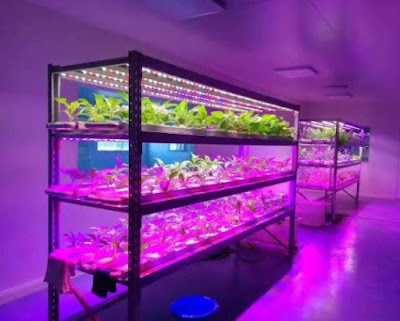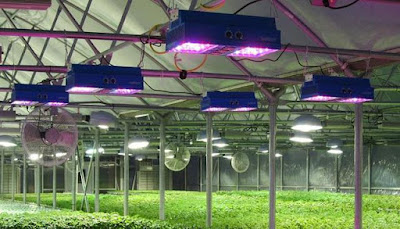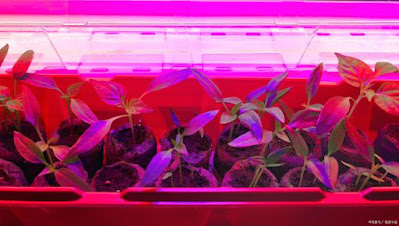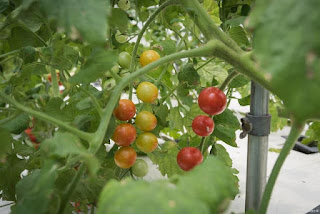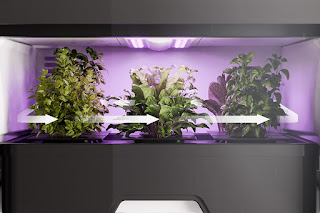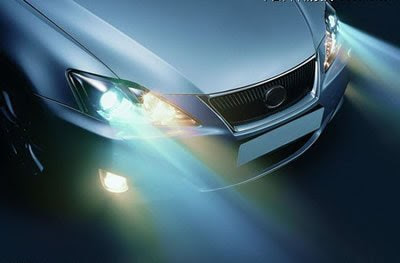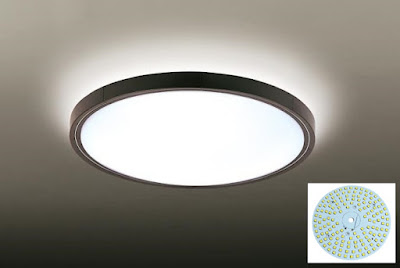As one of the most important component of a car, car lights not only play a decorative role in the finishing touch, but are also related to our driving safety at night. Nowadays, there are many options for these "eyes". Halogen lamp headlights that have been in existence for many years are no longer the only choice. HID xenon lamps that were once exclusive for high-profile car models are gradually replaced by the latecomers LED headlights. However, these three more common car light sources are the more expensive the better? Does a halogen lamp necessarily mean that it is not bright? Are LED headlights surely the best choice?
Do you know all three head light sources?
Halogen headlights are the most common source of car light, also known as tungsten halogen bulbs and quartz bulbs, which are a variant of incandescent bulbs.
The principle is to inject halogen gas such as iodine or bromine into the bulb. Under high temperature, the sublimated tungsten wire reacts with the halogen, and the cooled tungsten will re-solidify on the tungsten wire, forming a balanced cycle to avoid premature breakage of the tungsten wire. . Therefore, halogen bulbs last longer than incandescent bulbs.
Xenon lamps are called HID gas discharge headlights in the field of automotive lamps. It replaces traditional tungsten filaments with high-pressure xenon gas wrapped in a quartz tube to provide higher color temperature and more concentrated lighting. Because the xenon lamp uses a high-voltage current to activate the xenon gas to form an arc, it can continue to discharge and emit light between the two electrodes.
The power of an ordinary car halogen bulb is generally 55 watts, while the xenon lamp only needs 35 watts, which reduces the power by nearly one and a half. Therefore, the xenon lamp can significantly reduce the burden on the vehicle power supply system.
The color temperature of car xenon lamps is generally between 4000K and 6000K, which is much higher than that of ordinary halogen bulbs. 4300K is the standard color temperature of automobile manufacturers, and the light color is white and yellow, which not only ensures the brightness of the lighting, but also takes into account the penetration of the light, and improves the driving safety at night and in foggy weather.
The LED light source is a light-emitting diode light source, which is a solid-state semiconductor device that can convert electrical energy into visible light, and can directly convert electricity into light. This kind of light source has the advantages of small size, long life, high efficiency, and can be used continuously for up to 100,000 hours. In the future, LED light source applications will become mainstream in the lighting field.
Disadvantages of the three headlights
There are advantages and disadvantages. The advantages and disadvantages of the three light sources
Halogen lamp:
The structure is relatively simple, the manufacturing cost is relatively low, and the light is relatively uniform. Because of the lower color temperature, the penetrating power is also relatively strong when it is raining and snowing. However, the brightness of the general halogen lamp is limited, and the color of the light is yellowish. Although the life span is not short, it is not so advantageous compared to xenon and LED!
Xenon lights:
The brightness is higher, the life is long, and the feeling of light is similar to that of sunlight! However, the lighting of low-cost xenon lamps will be delayed, and it will take a certain time to light up. Moreover, due to the high brightness, it is difficult for ordinary car lamp bowls to gather the light. The scattered light shape causes the actual lighting effect to be poor. ideal. Therefore, in order to improve the lighting effect, it is necessary to install a lens with better condensing ability, which leads to a more complicated structure of the xenon lamp!
LED lights:
The characteristics of LEDs are power saving, long lifespan, faster lighting speed, and more shapes to improve the aesthetics of the vehicle. However, the cost of LED lamps with excellent lighting effects is generally high, and it is difficult to repair once a problem occurs. The low-priced LED bulbs also have the shortcomings that the light shape does not converge and the light penetration is poor.
How to choose among the three headlights?
If your daily car is in the city, and the night city lighting is relatively perfect, then ordinary halogen lamps can fully meet the daily lighting needs. If you want to increase the brightness of the original halogen lamp, the easiest way is to replace the high-brightness automotive halogen bulbs of Philips, Osram and other brands. Non-destructive modification is to increase the brightness of the original car's light.
If you want to change to a brighter xenon lamp, you must install a lens, otherwise the brighter xenon lamp is really silly, and the person on the other side can’t open his eyes, and he can’t see the way. .
As for the LED lights, if you have money, you can directly replace the LED headlight assembly. The actual lighting effect of the low-priced LED is too poor. It is better to install the lens xenon lamp.

